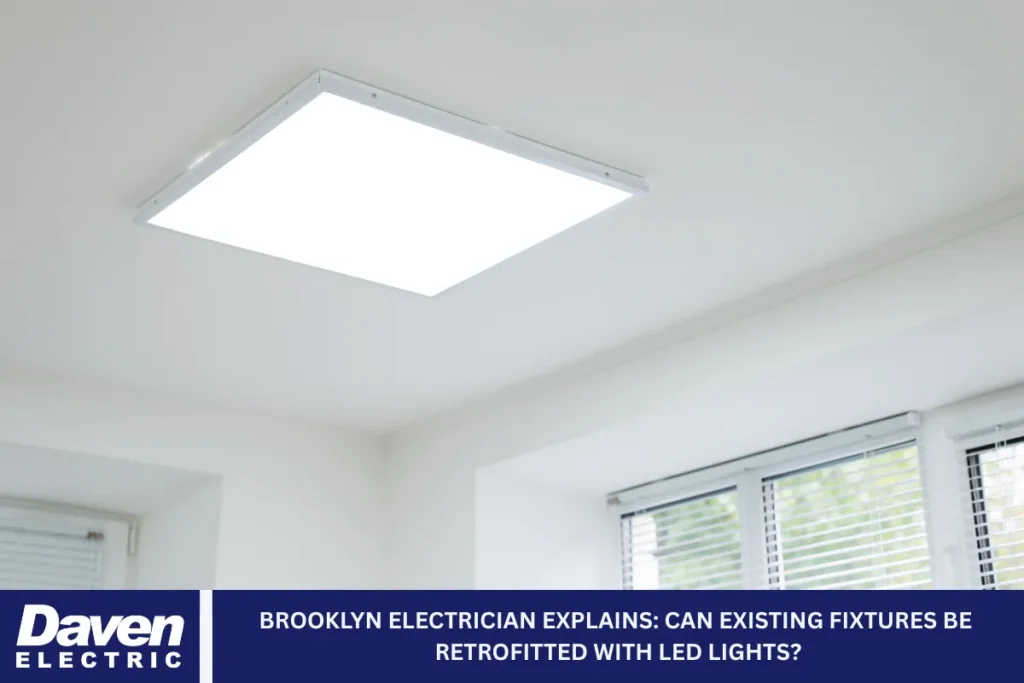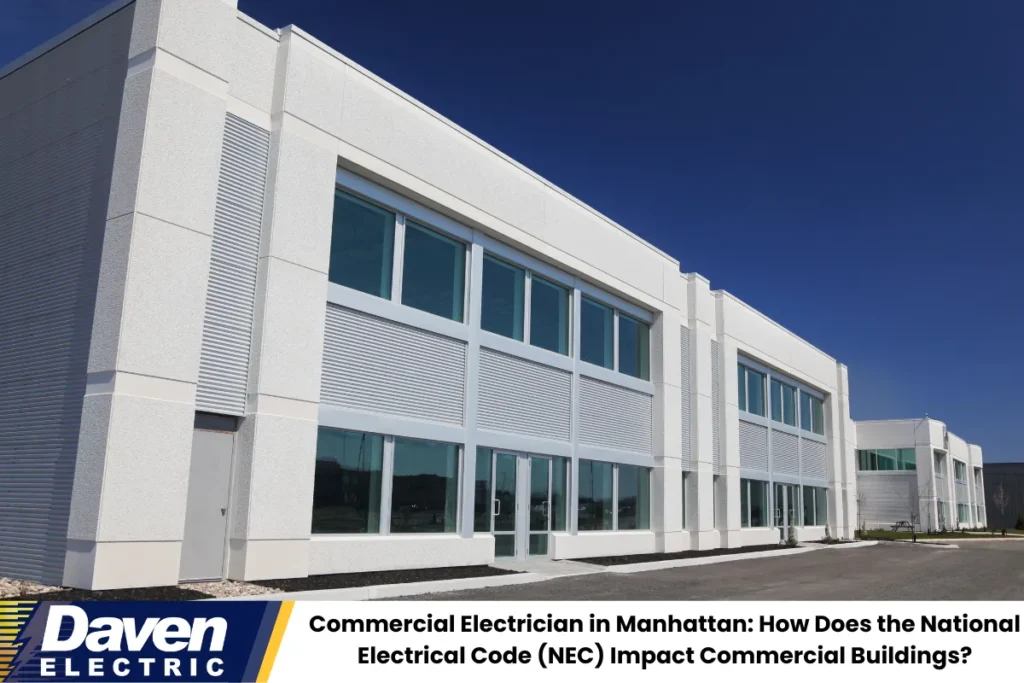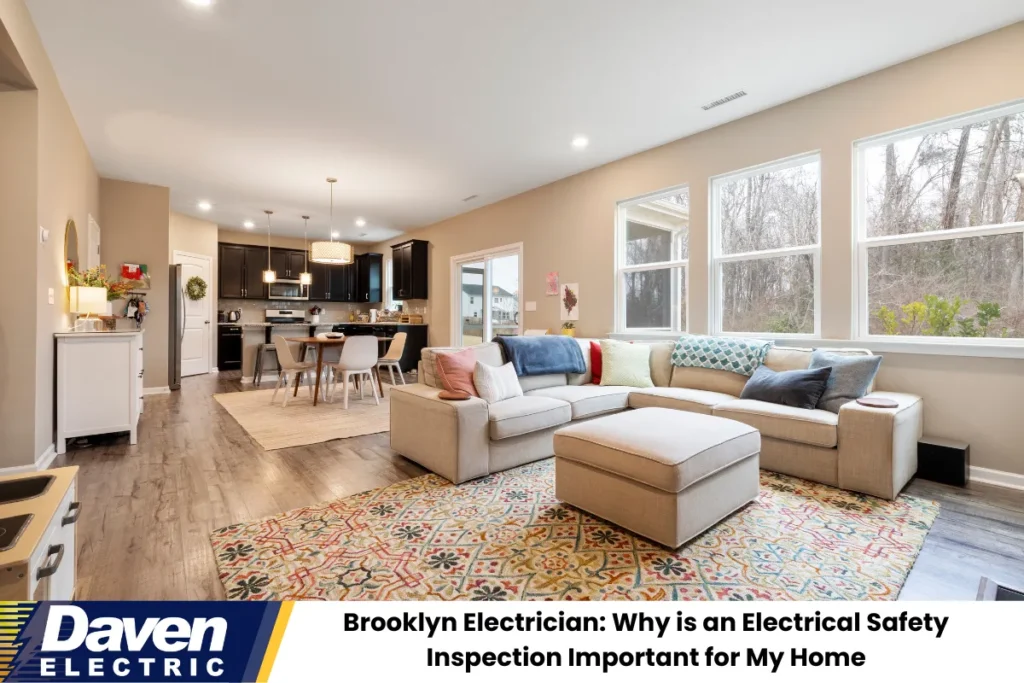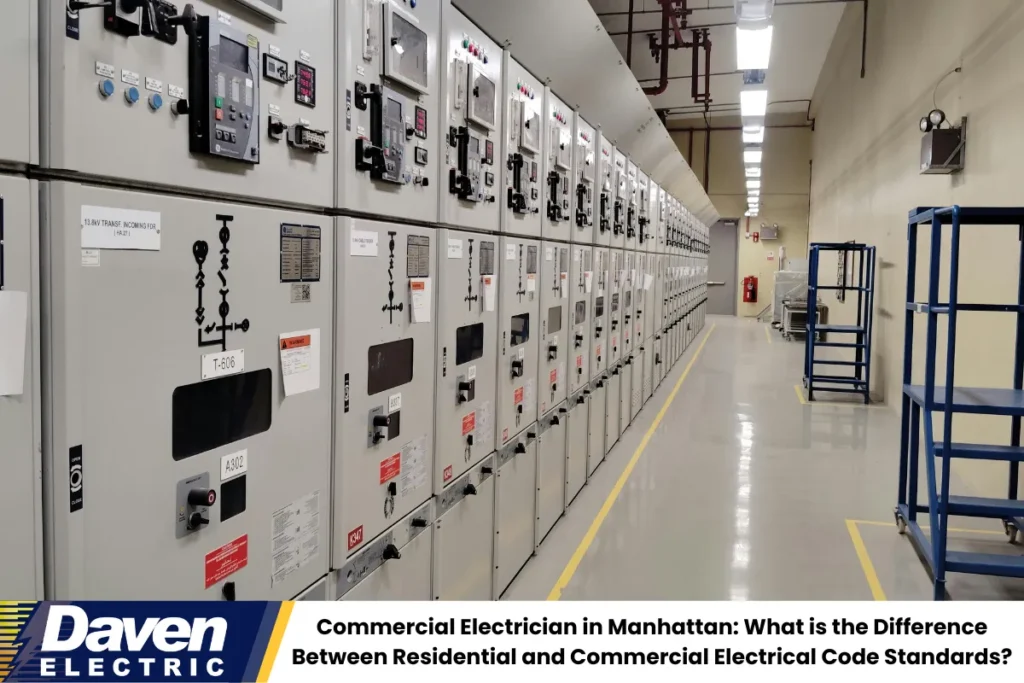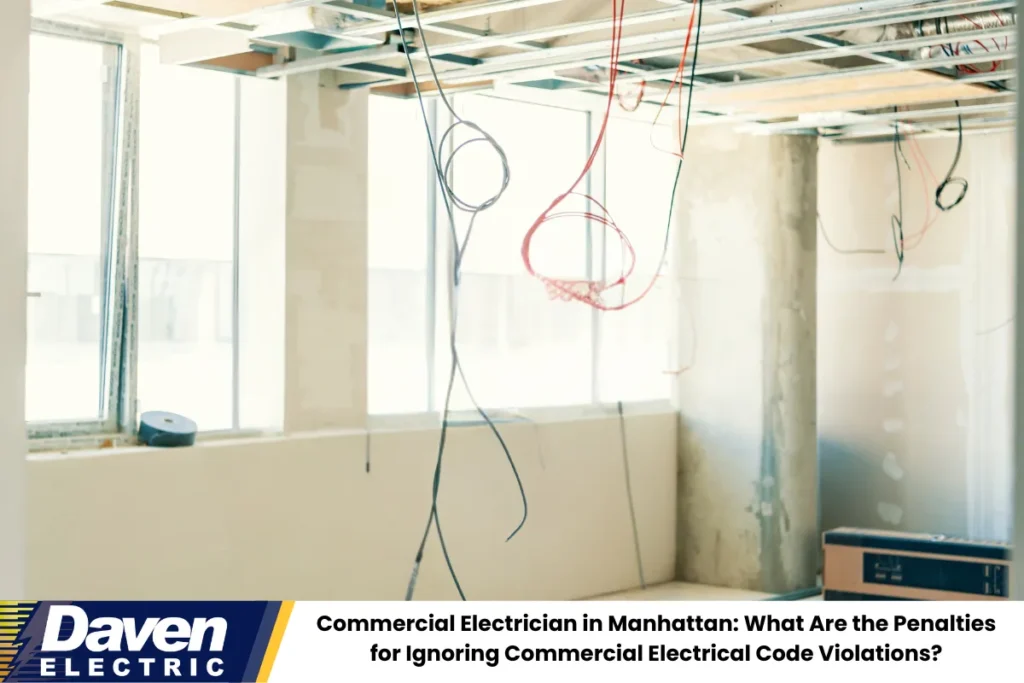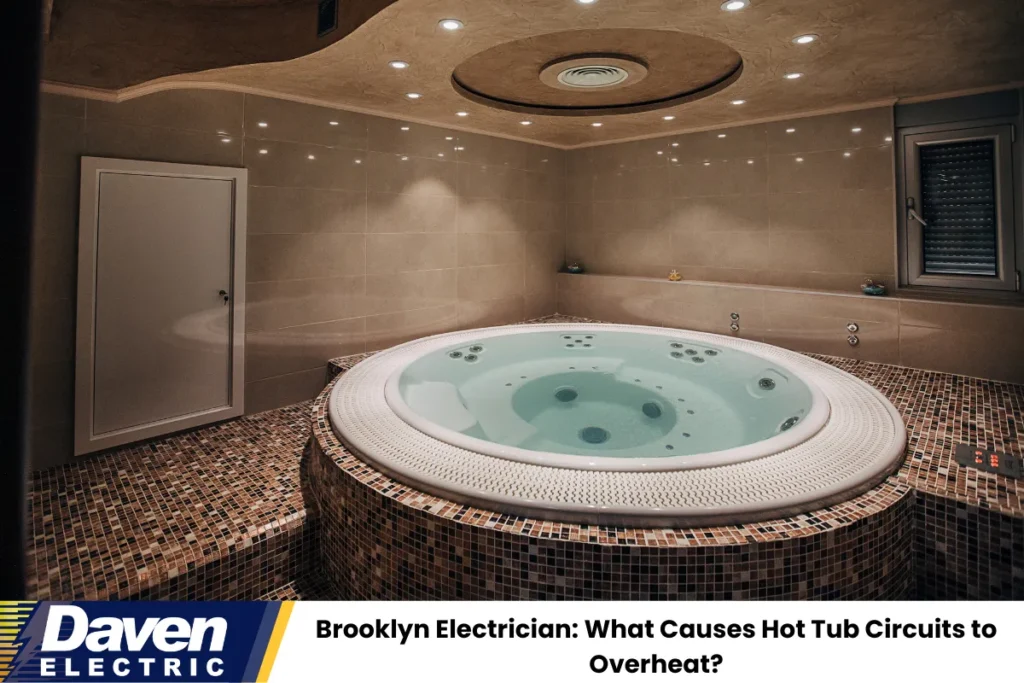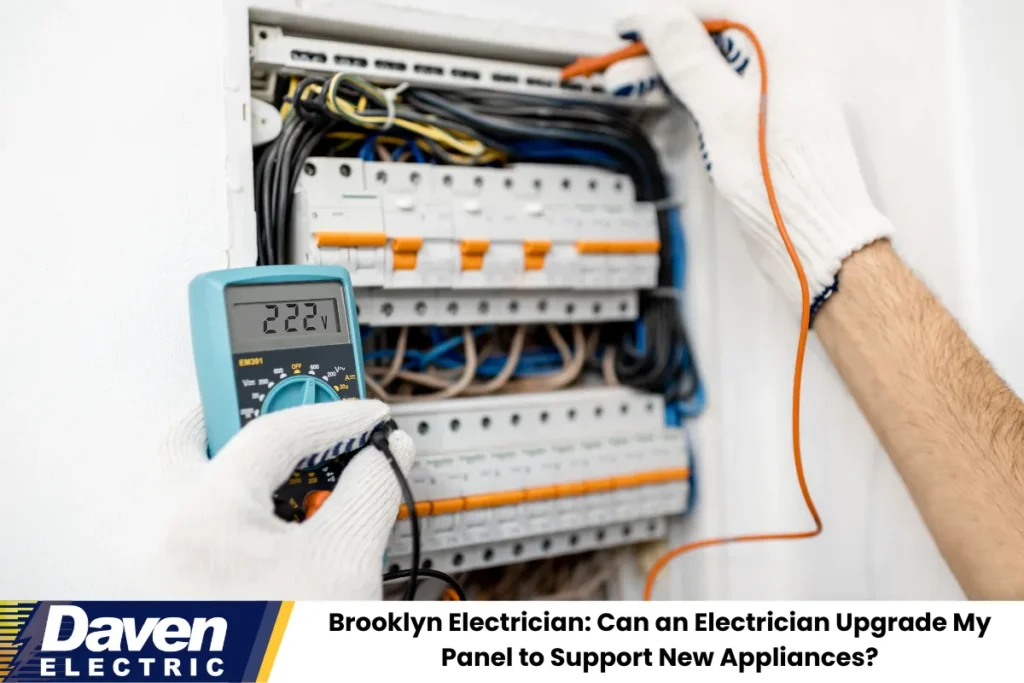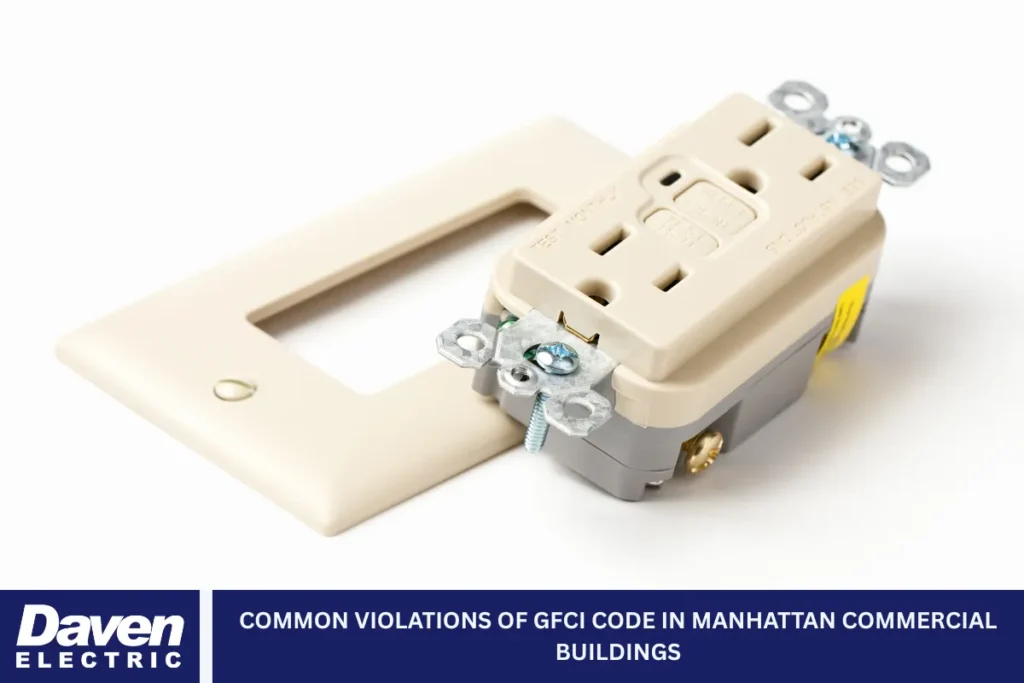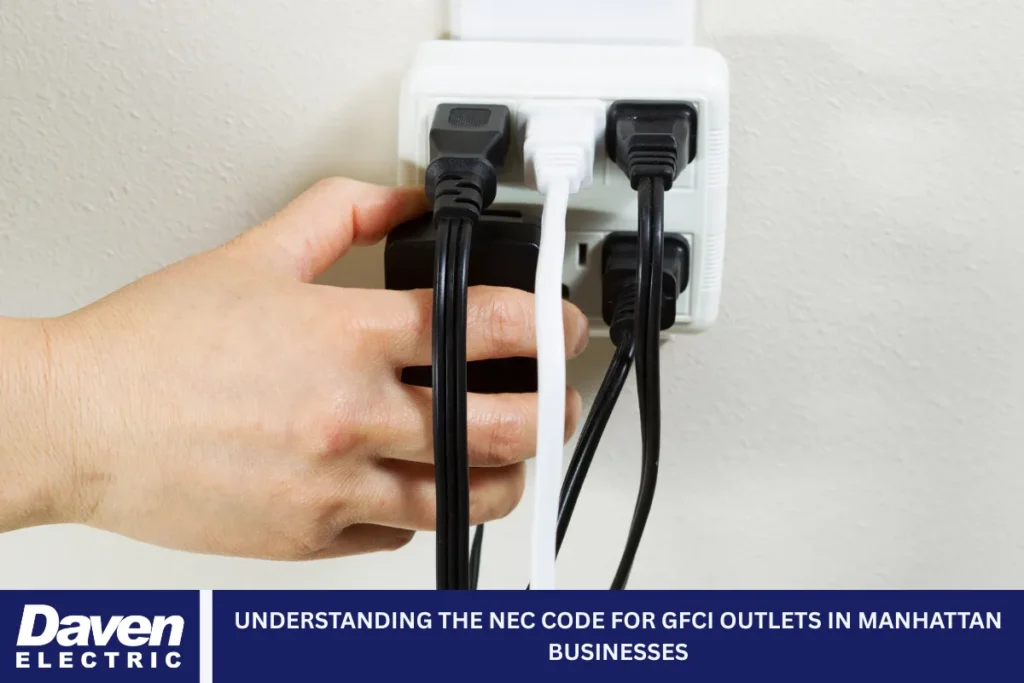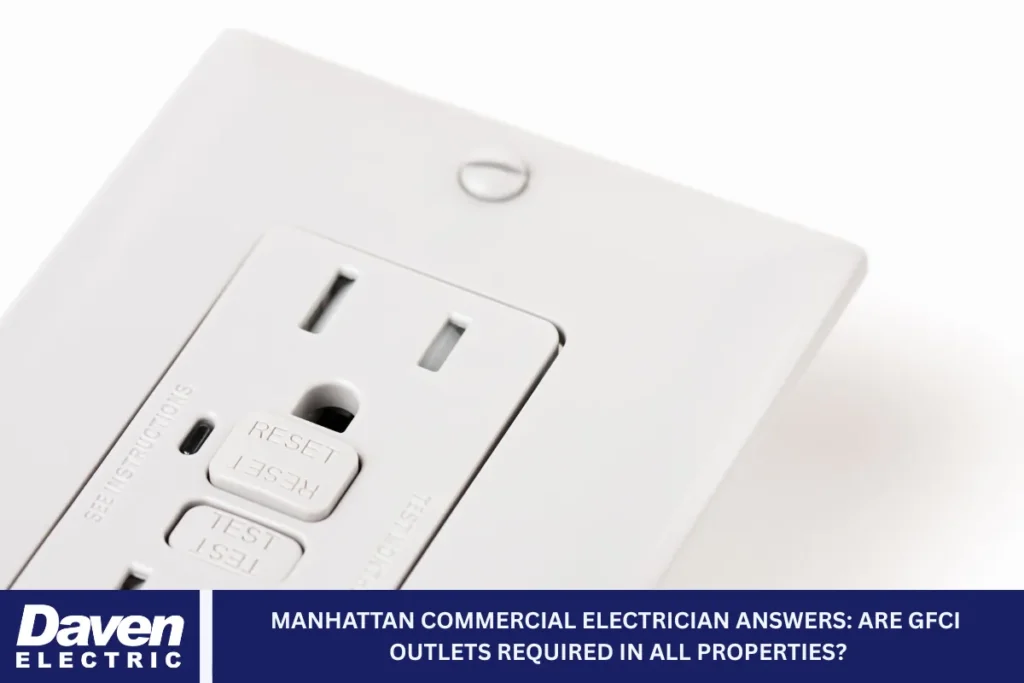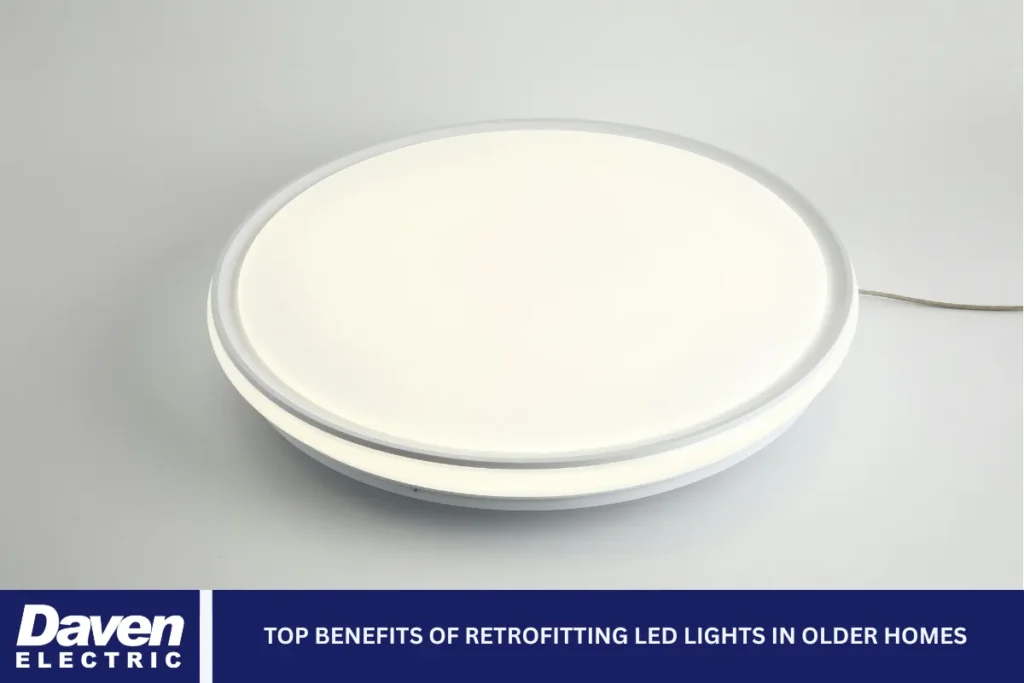For many homes and commercial buildings, making energy-efficient upgrades often starts with the lighting system. Retrofitting existing fixtures with LED lights is one of the most practical and cost-effective ways to improve energy efficiency. In New York, a trusted Brooklyn electrician can help determine whether your current setup is suitable for LED integration without requiring full fixture replacement.
Understanding the retrofitting process, what it involves, and the technical considerations specific to older buildings and varied structures across Brooklyn can help property owners make informed decisions. This guide covers everything from the basics of retrofitting to compatibility concerns and the various solutions available, so you can confidently upgrade your lighting with minimal disruption.
What Does Retrofitting LED Lights Mean?
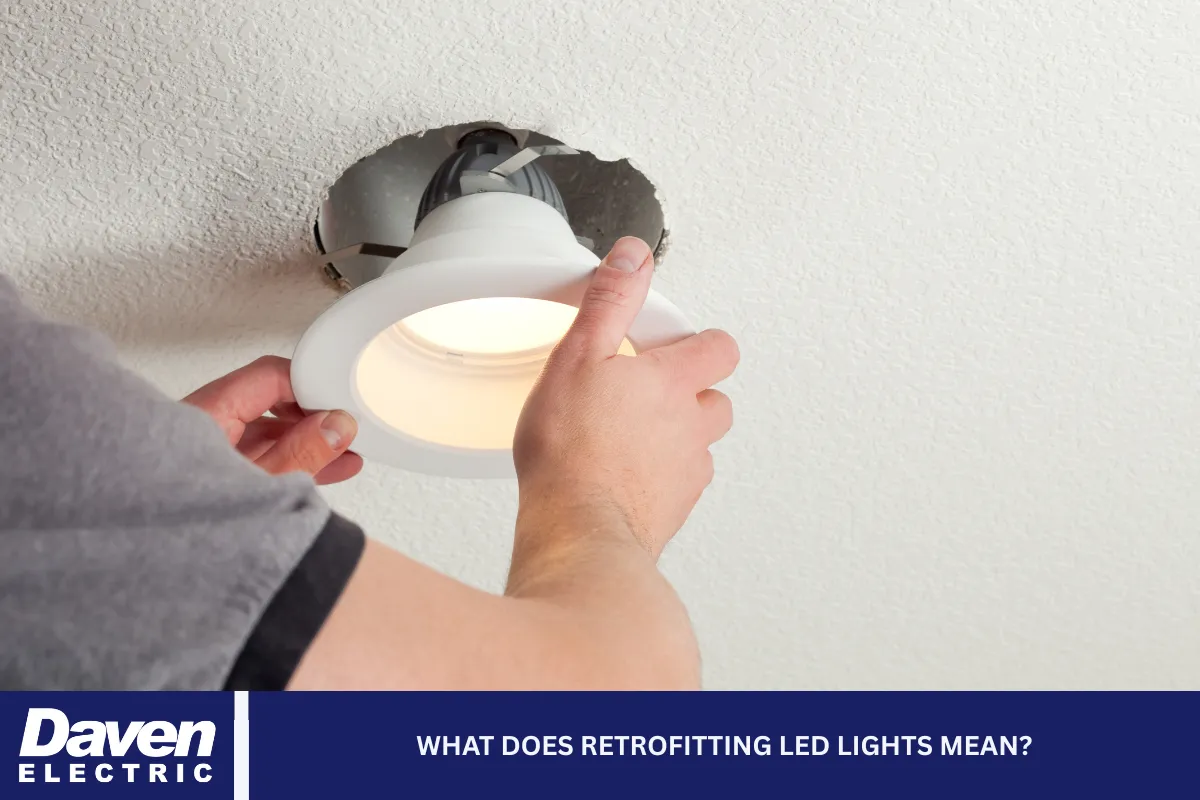
Retrofitting is the process of adapting an existing lighting fixture to support a newer, more efficient lighting technology — in this case, LED (light-emitting diode) lights. This allows property owners to keep the visual and structural aspects of their current lighting system intact while enjoying the benefits of newer lighting technology.
LED retrofitting can range from a simple replacement of a bulb to more complex changes, such as rewiring or modifying parts inside the fixture. The overall goal of a retrofit is to reduce energy consumption, enhance lighting quality, and extend the lifespan of the lighting system without necessitating a complete redesign or replacement of fixtures.
This process can be applied to almost any type of fixture, including ceiling mounts, sconces, recessed lighting, and even commercial troffer lights. The approach depends on the specific fixture type, the existing electrical system, and whether any components, such as ballasts or transformers, need to be updated or removed to support the LED upgrade.
Why LED Retrofitting is a Popular Option Across Brooklyn
The architecture in Brooklyn is diverse — from historic brownstones and co-ops to modern apartments and storefronts — which means lighting needs and fixture styles can vary dramatically. This variety is one of the reasons LED retrofitting has become increasingly popular. It offers an adaptable solution that allows homeowners and business owners to keep the aesthetic of their current lighting while improving efficiency.
Another major driver is the cost of electricity in New York City. With rising utility rates, LED lighting can significantly reduce energy consumption. On average, LED bulbs consume around 75% less energy than incandescent or halogen lights and last considerably longer, sometimes up to 25 times more.
Brooklyn residents also prioritize sustainability. LED lights are an eco-conscious choice because they contain no harmful chemicals, produce less heat, and are fully recyclable. This aligns with citywide efforts to reduce energy waste and lower carbon emissions.
Types of Fixtures That Can Be Retrofitted with LED Lights
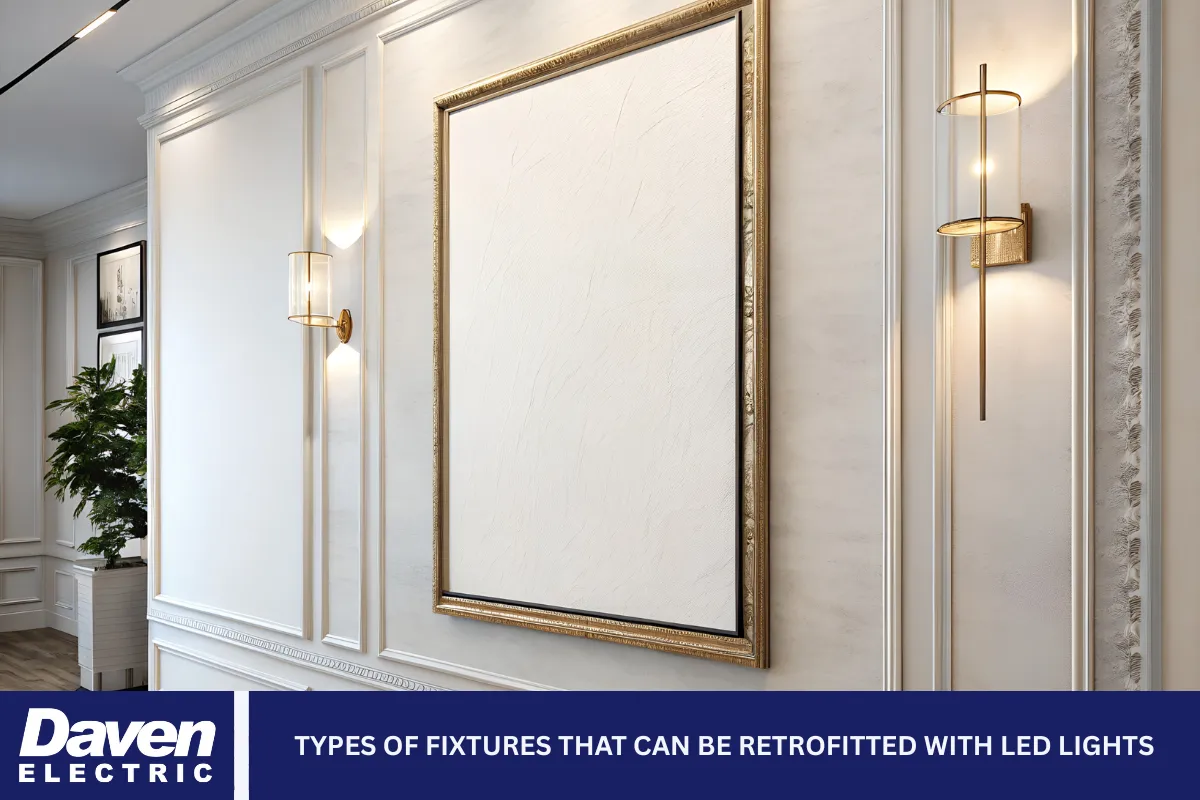
While many fixtures are compatible with LED retrofitting, not all can be adapted without modifications. Understanding the type of fixture in place is crucial when deciding whether retrofitting is possible or practical.
Ceiling-Mounted Fixtures
These are some of the easiest to retrofit. Whether they use screw-in bulbs or integrated sockets, ceiling lights typically have sufficient space and wiring access to accommodate LED alternatives; for older fixtures with non-standard bulb bases, adapters or conversion kits may be required.
Recessed Lighting
Common in kitchens and commercial spaces, recessed lighting can be retrofitted using LED retrofit kits that fit directly into the existing housing. Some setups include a built-in trim and driver that attaches securely to the housing. In older homes, ensuring that heat dissipation is addressed is important, as some LED components may be more sensitive to enclosed spaces.
Wall Sconces and Decorative Fixtures
These types of fixtures often prioritize design over function. Still, they can usually be retrofitted as long as the base is compatible and there’s sufficient room for LED components. It’s essential to consider color temperature and brightness during these conversions to maintain the visual cohesiveness of the space.
Commercial Fluorescent Fixtures
Fluorescent lights, particularly in offices and retail spaces, are one of the most frequently retrofitted fixture types. This typically involves removing or bypassing the ballast and installing tube-style LED replacements. Not all fluorescent fixtures are ready for a plug-and-play LED replacement, so professional assessment is often necessary.
Chandeliers and Specialty Lighting
These fixtures can be challenging because of their size, shape, and wiring limitations. However, many LED bulb manufacturers now produce bulbs in classic shapes, such as candelabra or globe styles, which makes retrofitting easier without losing the fixture’s original charm.
The Technical Side of Retrofitting: What Needs to Be Considered
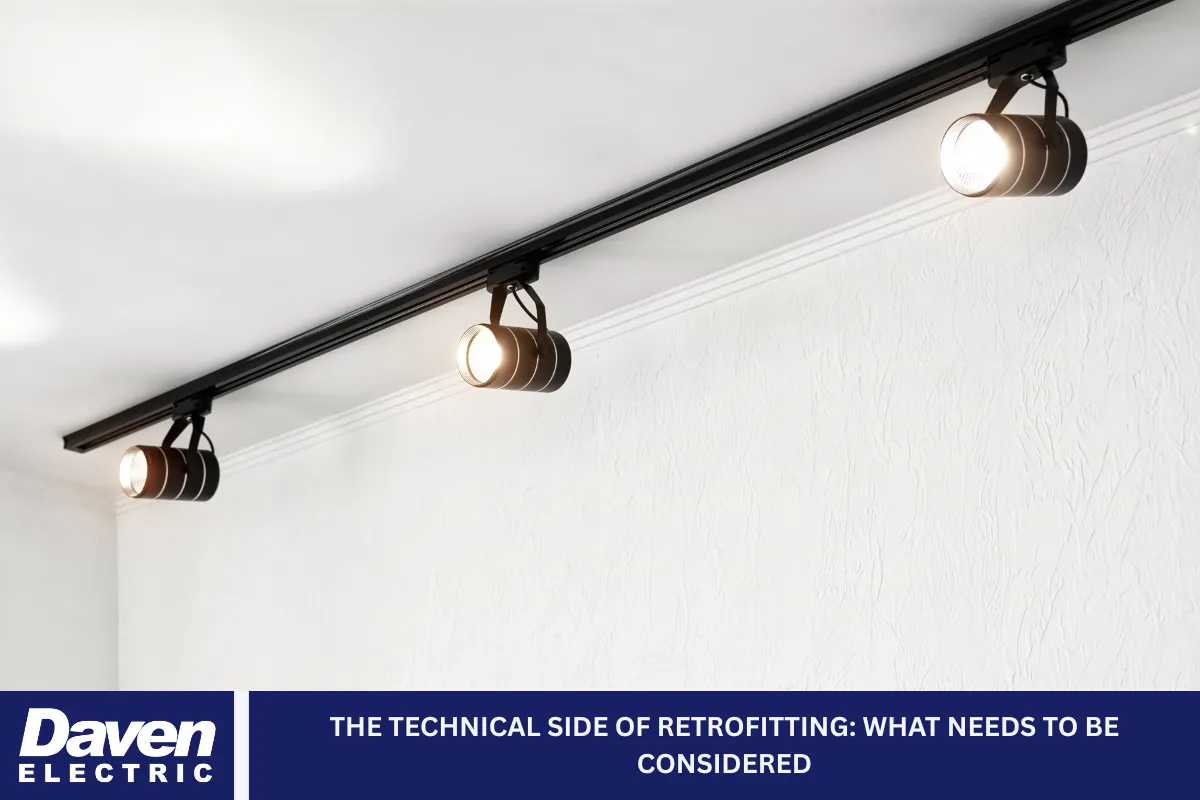
Retrofitting isn’t just about changing a light bulb — especially in older buildings. Several technical elements must be reviewed to ensure the system is safe, efficient, and code-compliant.
Socket and Bulb Base Compatibility
One of the most basic factors is whether the existing socket matches the base of the LED bulb. Many fixtures use standard E26 bases, which work with most LED replacements. However, less common bases may require adapters or may not support LED bulbs at all without a kit.
Voltage and Current Limitations
LEDs operate at different voltage levels compared to older bulbs. If the fixture includes a transformer or ballast, these components need to be bypassed or replaced. Some fixtures require a constant current or have voltage-sensitive wiring, making professional retrofitting essential.
Dimming Functionality
Not all LED bulbs are dimmable, and not all existing dimmer switches are compatible with LEDs. A mismatch can lead to flickering, reduced bulb life, or failure to operate. In many cases, replacing old dimmer switches with LED-compatible versions solves the issue.
Heat Management
While LEDs produce less heat than incandescent bulbs, they still generate some warmth, especially at the driver. Proper ventilation is necessary, especially for enclosed fixtures, to avoid overheating. An electrician will assess whether the fixture allows sufficient airflow and if the retrofit kit includes thermal protection.
Electrical Code Compliance
All retrofitting work must align with New York City electrical codes, especially in multi-family units and commercial spaces. This includes proper grounding, use of UL-listed products, and adherence to building permits when required.
Benefits of Retrofitting with LED Over Fixture Replacement
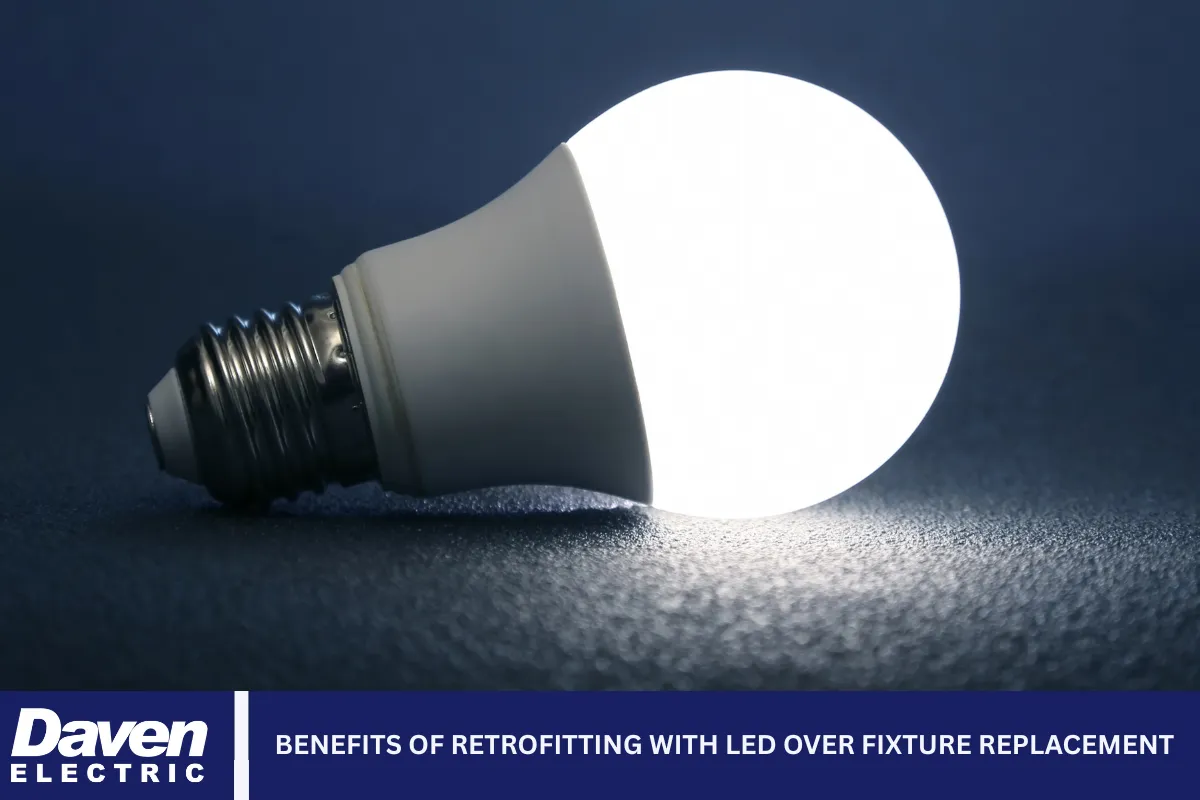
Choosing to retrofit instead of replacing entire fixtures brings several advantages beyond just saving money.
Lower Installation Costs
Retrofitting generally involves less labor than removing and replacing entire fixtures. In most cases, the original wiring and fixture housing remain intact, which reduces labor and material costs.
Preservation of Aesthetics
For older Brooklyn buildings, maintaining the original look is important. Retrofitting allows property owners to keep vintage or custom-designed fixtures while still upgrading the lighting performance.
Less Disruption
Because no major construction is required, retrofitting projects are quicker and cleaner. This is especially important for businesses or tenants who want minimal downtime or inconvenience during the upgrade process.
Scalable Upgrades
Retrofitting can be done in phases. Property owners can begin with high-traffic areas and gradually expand, based on their budget and priorities. This makes it easier to manage costs without sacrificing energy savings.
Common Methods Used in LED Retrofitting
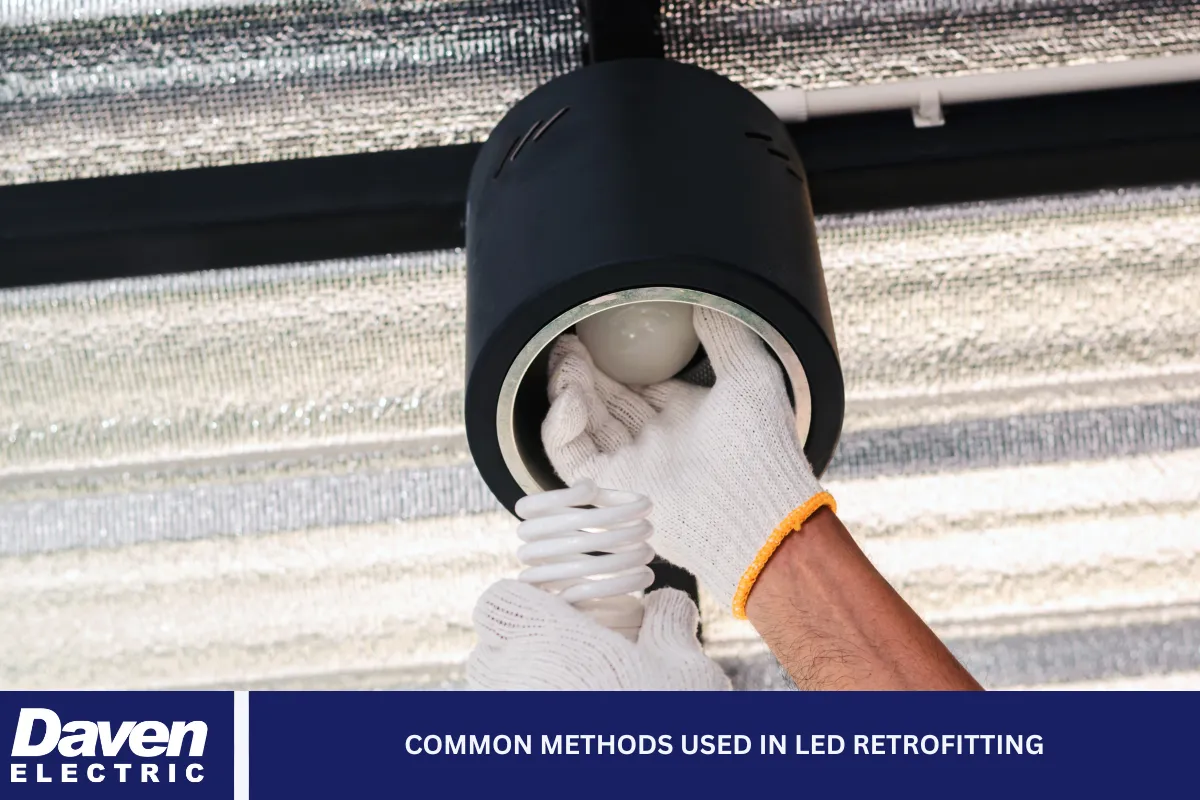
Different lighting setups require different retrofit solutions. Here are the most common methods used by professionals:
Direct LED Bulb Replacement
This is the simplest method. If the fixture has a standard bulb base and there’s enough space, the old bulb can be removed and replaced with an LED equivalent. No rewiring is necessary.
Ballast-Compatible LED Tubes
Some LED tube lights are designed to work with existing ballasts in fluorescent fixtures. This plug-and-play approach avoids electrical modifications but is only effective if the ballast is compatible and in good condition.
Ballast Bypass Installation
In this method, the electrician removes or bypasses the ballast and rewires the fixture to connect the LED lamp directly to the power supply. This increases energy efficiency and reduces maintenance since ballasts tend to fail over time.
Retrofit Kits
These are complete packages that include LED modules, mounting brackets, and drivers. They’re designed to fit into existing housings and are especially common for recessed lighting and commercial fixtures.
Challenges and Limitations in Older Brooklyn Buildings
Many buildings in Brooklyn were built decades ago, and their electrical systems may not meet current standards. This presents certain challenges when considering an LED retrofit.
- Outdated Wiring: Older wires may not be able to support the load or voltage required for modern LED systems.
- Non-Standard Fixtures: Vintage fixtures may have irregular sizes or proprietary components that don’t match with LED kits.
- Accessibility: In tight or enclosed ceiling spaces, installing retrofit kits can be physically difficult without specialized tools.
- Permit Requirements: In some cases, particularly for multi-family units, a permit may be required even for lighting upgrades. A licensed electrician is essential to navigate these rules.
Upgrading Lighting the Smart Way: A Long-Term Investment
LED retrofitting isn’t just a cosmetic or temporary upgrade — it’s a smart investment. Over time, property owners see savings not only in their electricity bills but also in maintenance and the longevity of fixtures. When done properly, a retrofit can last for decades, requiring only occasional bulb replacement.
Choosing LED also supports larger sustainability efforts in urban environments. Reduced energy use means less strain on the power grid and lower greenhouse gas emissions. In a densely populated borough like Brooklyn, these collective savings matter.
Final Thoughts on Retrofitting Fixtures with LED Lights
Retrofitting existing light fixtures with LED technology is a practical, affordable, and environmentally responsible choice for property owners across Brooklyn. Whether the goal is to reduce energy costs, improve lighting quality, or extend the life of a building’s infrastructure, the benefits of LED retrofitting are hard to overlook.
By understanding the technical aspects, assessing fixture compatibility, and working with a skilled professional, this type of upgrade can be executed smoothly and safely. It’s a solution that works for a wide range of spaces, from small apartments to larger commercial buildings, without compromising style or function.
Brooklyn Electrician – Daven Electric Corp.
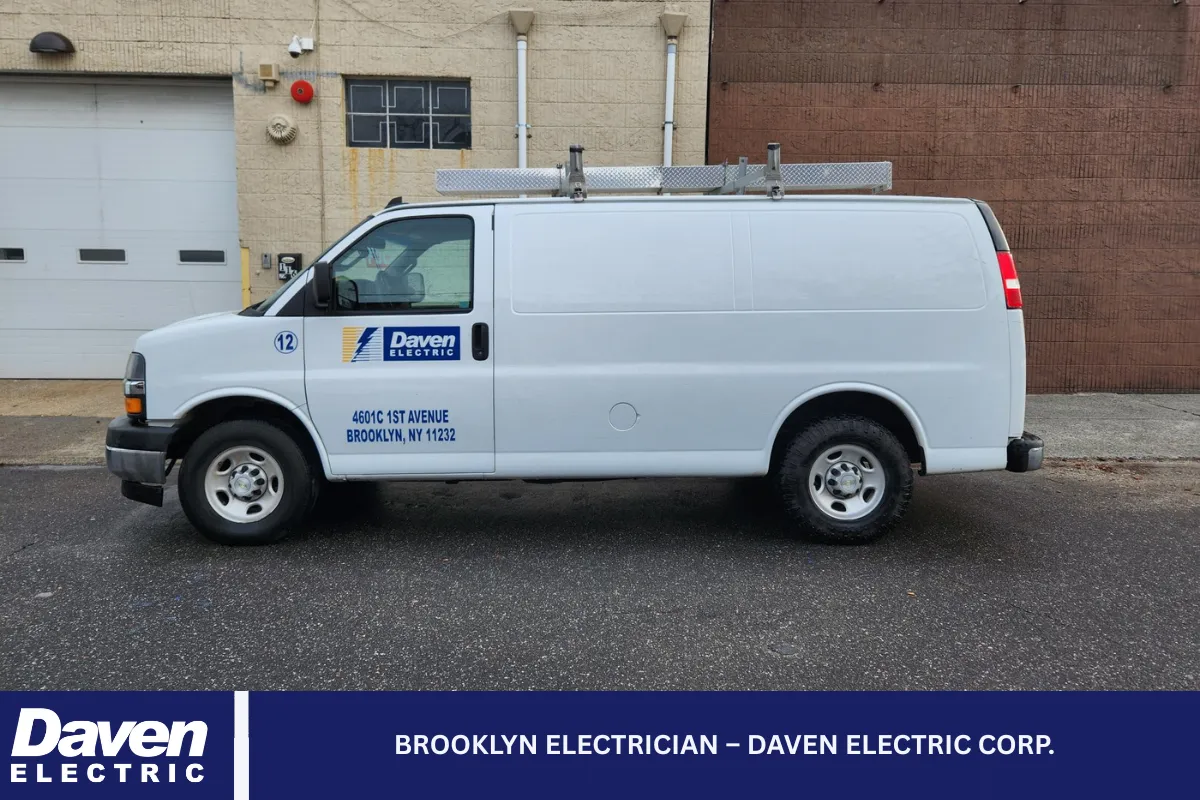
Looking to upgrade your home or business with LED lighting, but not sure where to start? Daven Electric Corp. is your trusted Brooklyn electrician, offering reliable and code-compliant electrical services throughout New York City, Westchester, and Putnam counties. We handle everything from LED retrofitting and new installations to full system upgrades and repairs, all with a focus on safety, performance, and customer satisfaction.
Whether you’re retrofitting a few fixtures or planning a full-scale electrical upgrade, our licensed team is ready to help. Contact us today at (212) 390-1106 to schedule your service and discover how we can bring energy efficiency and quality lighting to your property with expert care and precision.
Frequently Asked Questions About LED Retrofitting and Lighting Upgrades
1. What’s the difference between an LED retrofit kit and replacing an entire lighting fixture?
An LED retrofit kit allows you to upgrade your existing lighting fixtures without removing or replacing the entire housing. Instead of tearing out your ceiling lights or recessed can lights, retrofit kits provide components such as an LED driver, LED module, spring clips, and connectors that fit into your existing fixture housing. These kits are especially helpful when working with retrofit downlights or fluorescent tubes, offering an affordable and efficient way to modernize your lighting system.
Replacing a full fixture, on the other hand, involves removing the current unit, reworking the electrical wiring, and possibly installing new junction boxes or supports, such as ceiling joists. This approach may be necessary if your old fixture is damaged or incompatible with LED technology.
Retrofit kits comply with local energy codes and are easier to install, especially when paired with a wiring diagram and the assistance of lighting professionals. They’re ideal for most residential and commercial upgrades aiming for energy-efficient lighting without major construction.
2. How does color temperature affect the feel and functionality of a space?
Color temperature plays a major role in how lighting affects mood, visibility, and the overall function of a room. Measured in Kelvin (K), color temperature describes the “warmth” or “coolness” of light emitted by a bulb or fixture. For example, 2700K to 3000K emits a warm, yellowish glow, ideal for bedrooms and living rooms. These tones replicate the classic incandescent bulb, creating a soothing atmosphere.
In contrast, 4000K to 5000K provides a neutral to cool white light, which is great for kitchens, bathrooms, offices, and retail spaces where clear visibility is important. Higher temperatures, like 6000K and above, produce a daylight effect — often used in warehouses, garages, or commercial areas that benefit from crisp, vibrant lighting.
Whether you’re using LED retrofit lights, smart LED bulbs, or standard fixtures, selecting the correct color temperature is crucial for creating the desired ambiance. It also influences lighting control and energy perception — brighter lights can reduce the need for multiple fixtures, improving energy savings.
3. Can I install LED retrofit lights on my own, or should I hire a professional?
Installing LED retrofit lights can be a DIY project if you’re confident with tools like a wire stripper, voltage tester, and wire connectors, and you understand the circuit breaker and wiring diagram associated with your existing fixture. Simple retrofits, such as inserting a plug-and-play bulb into a compatible fluorescent tube housing, are usually straightforward and safe for most homeowners.
However, for more complex installations — like bypassing a ballast, modifying a junction box, or working around metal halide fixtures — it’s safer and more efficient to hire licensed lighting professionals. They ensure everything aligns with current energy code requirements and eliminate the risk of flickering lights or short circuits. Improper installation can also damage your LED driver or cause overheating.
Professionals can help with integrating lighting control systems and converting older can lights to LED retrofit kits with built-in spring clips for a secure fit. For optimal results, particularly in commercial spaces or whole-house upgrades, expert guidance is highly recommended.
4. How much energy can I save by retrofitting my lighting system with LED technology?
Retrofitting your lighting with LED technology can reduce energy consumption by up to 80% compared to traditional incandescent, halogen, or metal halide lights. These savings stem from the fact that LEDs convert more electricity into light than heat, resulting in lower energy waste and operating costs.
For example, replacing a 60-watt incandescent bulb with a 9-watt smart LED bulb offers similar brightness with significantly less energy draw. Over time, this results in noticeable reductions in electricity bills — especially in homes with many lighting fixtures or businesses that operate extended hours. When paired with lighting control systems, such as dimmers or motion sensors, the savings increase even more.
By switching to LED retrofit kits in high-usage areas, such as kitchens, hallways, and exterior security lights, property owners can comply with energy code standards and extend bulb lifespan to over 25,000 hours. This results in fewer replacements, lower maintenance costs, and long-term energy savings across the board.
5. Why do some LED lights flicker or fail after installation, and how can they be fixed?
Flickering lights in LED systems can be caused by several factors, most commonly involving electrical incompatibilities. One frequent culprit is using LED retrofit lights with outdated or incompatible dimmer switches. Older dimmers, designed for high-wattage incandescent bulbs, often don’t work well with low-wattage LED drivers, resulting in inconsistent current that causes flickering.
Another issue may be linked to the circuit breaker, electrical wiring, or faulty wire connectors. Loose or poor connections disrupt the flow of voltage and lead to intermittent lighting. Problems can also arise if you’ve attempted to bypass a ballast in fluorescent tube fixtures without following the correct wiring diagram.
To prevent flickering or early failure, it’s best to consult with lighting professionals before starting a retrofit project. They can help assess the system, test voltage using a voltage tester, and recommend the right conversion kits or LED kits for your fixtures. Upgrading to smart LED bulbs with built-in compatibility and safety protections also helps ensure reliable performance.
Read more: Common Hot Tub Wiring Mistakes Homeowners Can Avoid with a Licensed Brooklyn Electrician

